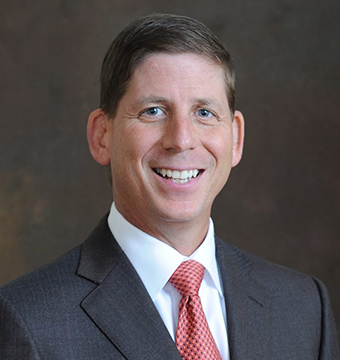Holiday Greetings from the EIM team!
In the last few weeks, we have seen some feature integration between the EIM blog and the myphysicaltherapyspace interface. We believe that this is critical to promote more blogging and interest in all facets of physical therapy. You will definitely see a resurgence in activity on this blog.
For those of you who have followed the Barbaro saga, you will be pleased to note that it has been a great Christmas for him (lots of peppermint) and he apparently will be moved due to his progress physically. As a horse enthusiast as well as a PT, it is good to know that the cap exemption process was heartily in place for him and that he continues to reach the goal of being able to strengthen and bear weight on his hind legs.
The last several days, I have been amazed at the number of articles in various health care reports about all facets of health care.
An interesting article on medicare and the physician fee schedule appeared today in the Sarasota Herald. Many fear that certain physicians (e.g. primary care) will simply not be able to see medicare patients in the future as the costs have exceeded the reimbursement. Hooray! Finally, a legit position for providers is being trumpeted. The freeze in rate reduction is not a raise for anybody-it is a reduction in future losses. Unlike physician services that are procedurally driven, PT services are by and large “time oriented” (due to the superimposed and preposterous coding requirements by CMS). Unlike many physicians who are responding by seeing more patients and working more hours, PT services as time based are more like lawyers (and to a large extent primary care physicians) and “billeable time”. This trend does not bode well for us anytime soon. Furthermore, as the article points out most practitioners will simply not care about the 1.5% for reporting of quality measures as that amount will probably not cover the cost of doing so and as I have repeatedly trumpeted-we get way too concerned about medicare policy and not enough about the other bothersome trends in reimbursement (starting with accepting fee schedules below our costs-but that is another blog post entirely). Lastly, fee schedules reductions or freezes only serve to drive more procedures as the article points out.
In perhaps a more relevant issues,Robert Laszewski and his health care blog have provided a significant analysis of the issues surrounding cost trends. To put it simply, employer rates (and then to employees) rises in health care premiums are exceeding the actual cost for insurers. Cost controls (in large part decreased reimbursement), are working and keeping costs of health services lower but these savings are not being passed onto the customers (employers) but rather serving better margins for payors. The point that is largely missing from all of these analysis is the cost to providers including regulatory compliance, labor, utilities, rent, liability premiums, etc. These costs are well exceeding the real and nominal reductions in reimbursement. Provider margins are getting lower all the time and the only beneficiary is insurance companies and not their employer customers!
It is time for a fundamental change for providers. The pendulum needs to swing a little the other way.
Thoughts?
Larry
